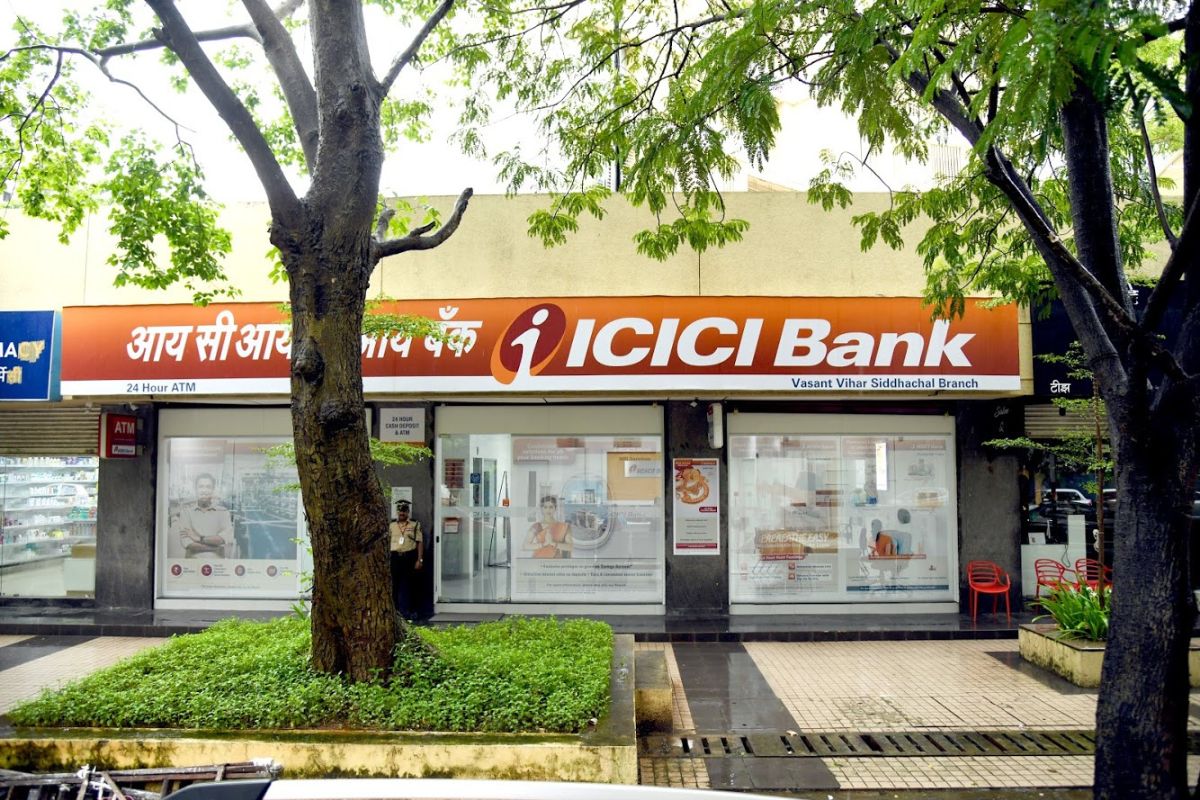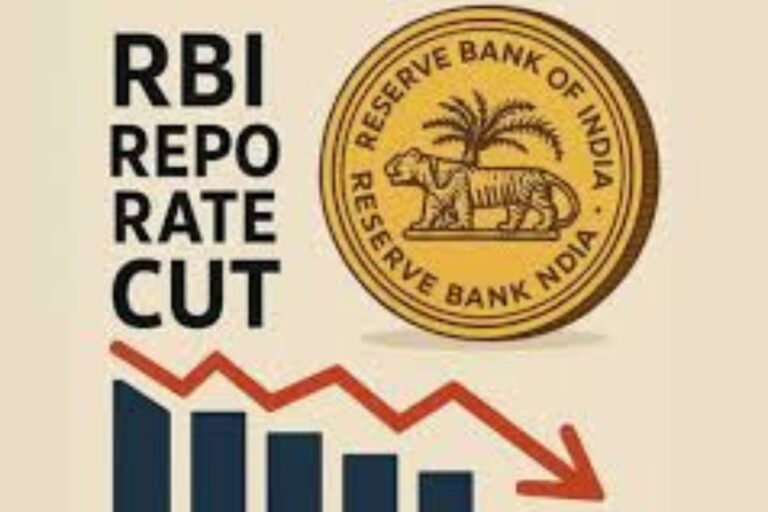Funny thing is, just when you thought banking in India was getting simpler, A major, game-changing move from ICICI Bank has sparked conversations from Mumbai to Meerut – and probably some grumbling along the way. Starting August 1, 2025, the bank’s new minimum average balance requirement for savings accounts in metro and urban branches has shot up to ₹50,000. Yes, that’s right, a fivefold increase from the earlier ₹10,000. If you’re wondering how this shakes out, who it affects, and whether you need to move money well, let’s break it all down. Settle in. There’s a lot to unpack.
The Big News: ICICI’s New Minimum Average Balance Rule
ICICI Bank, India’s second-largest private lender, just upped the ante for account holders in metro and urban areas: To avoid monthly penalties, new savings accounts must now maintain a minimum average balance (MAB) of ₹50,000. For some, that’s a jaw-dropping number, especially given it’s five times the previous requirement.
And that’s not all. Semi-urban branches? ₹25,000. Rural branches? ₹10,000. This rule is effective for accounts opened on or after August 1, 2025. Existing customers? You’re safe (for now) with the old requirements, unless you open a new account.
Quick snapshot:
- Metro/urban (new accounts): ₹50,000
- Semi-urban (new accounts): ₹25,000
- Rural: ₹10,000
So, what’s “monthly average balance” anyway?
Let’s see…
What Is a Monthly Average Balance? (A Simple Guide)
The Monthly Average Balance (MAB) is exactly what it sounds like: It’s the average amount you keep in your account each day over a month. Banks use this number to judge if your account is “well-maintained.”
Here’s how it works:
The calculation:
Take the closing balance for each day of the month. Add them up. Then, divide that total by the number of days in the month.
- For a 30-day month:
- If you always keep ₹50,000, your MAB equals ₹50,000.
- But say you had ₹15 lakh for just one day and ₹0 for the rest, your MAB is still: ₹15,00,000 ÷ 30 = ₹50,000.
Real-life example:
- Kept ₹10,000 for 15 days and ₹2,000 for the remaining 15?
Calculation:
(₹10,000 × 15) + (₹2,000 × 15) = ₹150,000 + ₹30,000 = ₹180,000
Divide by 30 days = ₹6,000 MAB.
If your required MAB is ₹10,000, you’d be ₹4,000 short and, well… that opens the door to penalties.
How ICICI Calculates Your MAB (With Real Examples)
Imagine you’re opening a new account in Mumbai (which counts as ‘metro’). ICICI expects you to keep an average of ₹50,000 in there every day, monthly.
- Maintain at least ₹50,000 every day in August?
You’re in the clear. - Only keep that balance for a few days?
MAB could drop. - Dip below for a week? Even one day with ₹0, and you’ll need to make up for it elsewhere in the month.
Formula:
- Add up daily closing amounts for the month
- Divide by the number of days
Bonus tip:
ICICI offers an online Monthly Average Balance calculator to help you out.
Just plug in your balances to track how you’re doing.
Penalty Charges: What Happens If You Miss the Mark?
Here’s the kicker: Starting August 2025, if you don’t make the minimum average balance, ICICI Bank charges a penalty. And it’s not trivial.
- You’ll pay 6% of the shortfall from the required MAB, or ₹500, whichever is lower.
Example:
Say the required MAB is ₹50,000, but you only managed ₹40,000.
- Shortfall: ₹10,000
- Penalty: 6% of ₹10,000 = ₹600, but capped at ₹500
Notably, these charges roll in monthly, so pay attention, especially if your balance fluctuates.
Is anyone exempt?
- Pensioners: They’re off the hook, no penalties.
- Certain account types: Salary and specific basic savings accounts usually have separate terms or lower/no requirements.
Who’s Impacted (And Who Isn’t)
This wave of changes targets new savings accounts opened at ICICI branches after August 1, 2025. So, if you’ve already got an account, you’re grandfathered in under the old rules:
- Old metro/urban requirement: ₹10,000
- Old semi-urban: ₹5,000
- Old rural: ₹2,500–₹5,000
Existing customers? You’re in luck… unless you open a new account.
Salary accounts (new or old):
Separate terms often lower requirements or special waivers.
ICICI Compared: How Do Other Banks Stack Up?
ICICI’s new threshold is, if I’m honest, the highest among domestic Indian banks right now. Let’s look at the numbers:
| Bank | Metro/Urban | Semi-Urban | Rural / Others |
| ICICI (2025+) | ₹50,000 | ₹25,000 | ₹10,000 |
| HDFC Bank | ₹10,000 | ₹5,000 | ₹2,500 |
| State Bank of India (SBI) | No minimum since 2020 | , | , |
| Punjab National Bank | ₹2,000–₹10,000 | Varies | Varies |
| Yes Bank | ₹10,000 | Varies | Varies |
It’s a sharp contrast. Most public-sector banks have scrapped such rules, and several private banks maintain much lower averages.
Banking in Big Cities vs. Small Towns: Different Rules, Different Realities
- Metro and Urban branches:
₹50,000 MAB rule applies. Mostly major cities: Mumbai, Delhi, Bengaluru, Kolkata, Chennai, Hyderabad, Pune, and so on. - Semi-Urban branches:
₹25,000 MAB. Think smaller cities and bigger towns. - Rural branches:
₹10,000 MAB. Serves villages and countryside areas.
For many in rural India, where average monthly incomes can be far lower, this hike is significant and could prompt some to seek banking alternatives or basic accounts with no minimum requirements.
Why Did ICICI Bank Make This Change?
Believe it or not, ICICI Bank hasn’t published a comprehensive rationale, at least, not yet. But banking insiders cite several factors:
- Operational costs rising:
Branches in big cities are expensive, from rent to salaries. - Affluent customer focus:
By setting a higher bar, ICICI seems to be tilting towards more profitable, higher-income segments, trimming exposure to mass-market accounts. - Profit margin pressures:
Return on savings accounts remains low (ICICI currently offers about 2.5% annual interest), so banks seek to keep sizeable funds parked for longer. - Industry trends:
Some private lenders have nudged minimums up over the years, but this is by far the sharpest hike.
Bank officials also mention higher security and service standards, and yes, covering costs for free transactions and branch services.
Workarounds & Waivers: Are There Any Loopholes?
Yes, a few. But you need to be strategic.
- Family Banking:
Families can pool funds: you’re required to maintain 1.5 times the eligibility collectively; if not, charges apply individually. - Pensioners:
Exempt from MAB charges. - Financial Inclusion Accounts:
Some basic savings and Jan Dhan accounts have zero MAB, but they come with caps on the number of transactions per month and limits on withdrawals. - Fixed Deposits alternative:
With some banks (including HDFC), you can offset MAB by maintaining a qualifying FD instead of cash.
Checking with branch staff or ICICI online helps clarify which waivers apply to your situation.
Cash Transaction Charges, ATM Fees & Other New Rules
Here’s where things get interesting, because ICICI’s service charges have changed too.
- Cash Transactions:
Three free cash deposits or withdrawals per month at branches, then ₹150 per transaction from the fourth onwards. - Value Limits:
Up to ₹1 lakh cash transaction per month is free. Beyond that, pay ₹3.50 per ₹1,000 transacted, or ₹150, whichever’s higher. - Third-party cash transactions:
Capped at ₹25,000 per instance. - ATM Withdrawals:
At non-ICICI ATMs, the first three financial transactions are free, then ₹23 for each financial transaction, and ₹8.50 for each non-financial transaction after that. - ECS/NACH mandates:
If a scheduled debit fails for insufficient funds, ₹500 per instance, capped at three times per month. - Cheque Returns:
Outward returns (your deposited cheque bounces): ₹200. Inward returns (issued cheque bounces): ₹500 for financial reasons, ₹50 for other reasons.
Common Questions Answered
Do existing account holders need to keep ₹50,000 now?
No. The new rule applies to accounts opened August 1, 2025, or later.
Is there a grace period for new accounts?
Not specifically; the updated service terms take effect immediately for new customers.
What happens if I dip below ₹50,000 only briefly?
Penalty applies if your average for the month is below the required MAB.
Can I split funds between accounts to meet MAB?
Family Banking does allow pooling to a certain extent.
What about basic savings and Jan Dhan accounts?
These generally have no MAB, but transaction limits apply.
Why does ICICI offer just 2.5% interest on savings
Interest rates have been low, and other public banks offer similar (SBI: 2.25%).
Final Thoughts for Savers in 2025
ICICI Bank’s new minimum average balance requirement is, frankly, a seismic shift, especially for urban savers and those just setting up a new account. For many, maintaining ₹50,000 parked every single day could mean tough choices: keeping less cash liquid, moving funds between accounts, or even switching banks.
And here’s the kicker: most other large banks have held back from similar hikes, with public sector leaders like SBI scrapping the rule entirely in 2020.
If you’re an ICICI customer (or thinking of becoming one), don’t forget:
- Track your daily closing balance religiously. Use ICICI’s online calculator to help out.
- Check which branch rules apply to you: metro, semi-urban, or rural.
- Watch out for penalty fees, which stack up quickly if you slip below minimums.
- Keep up with other fees: from ATM withdrawals to third-party deposits and bounced cheques.
Banking in India, in 2025, just got a little more complicated. But knowledge, and a little bit of planning, go a long way.






















